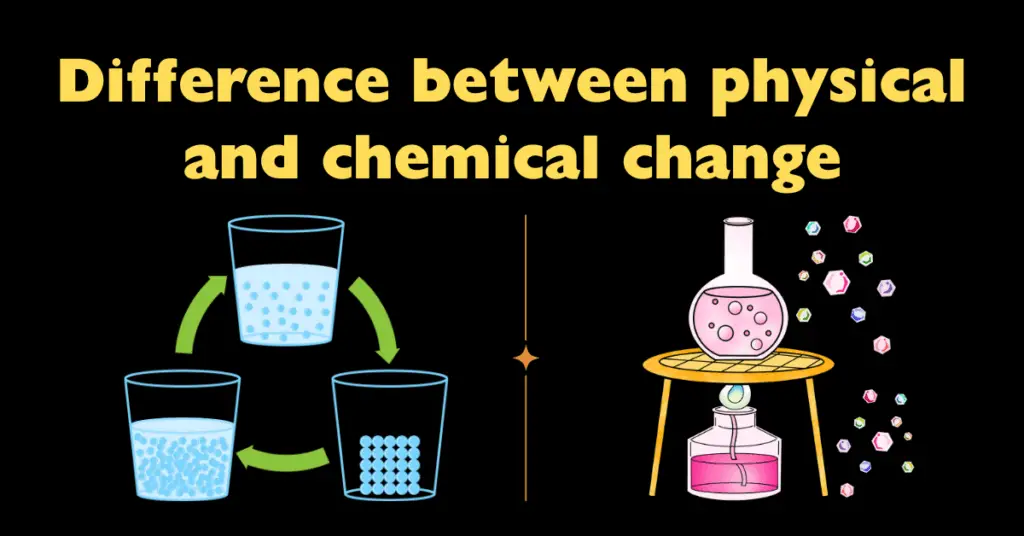How potassium metal reacts with water
Introduction Potassium (K) is a highly reactive alkali metal found in Group 1 of the periodic table. Its rapid and vivid reaction with water is a classic demonstration of alkali metal reactivity. This phenomenon is important for understanding periodic trends among metals and is frequently discussed in higher secondary chemistry. Key Features of Potassium Chemical […]
How potassium metal reacts with water Read More »



